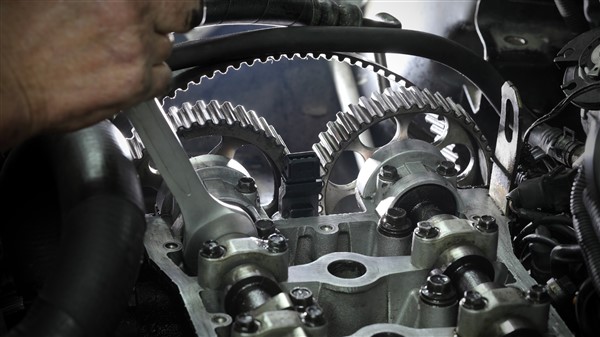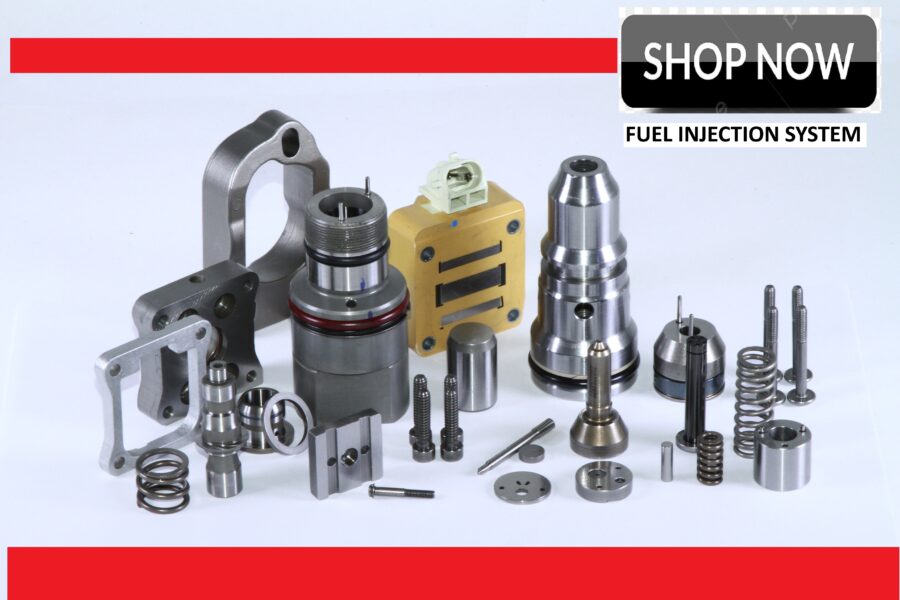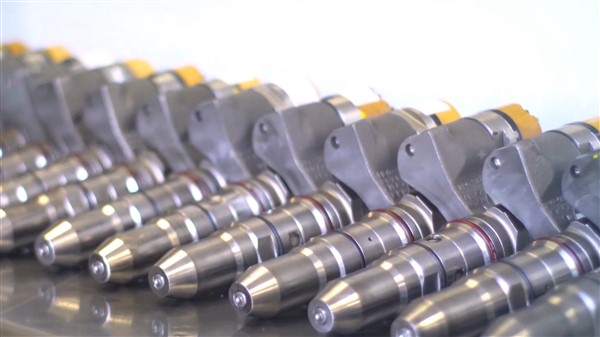Cleaning fuel injectors is an important step in maintaining the health of your vehicle’s engine and ensuring that it runs efficiently. Dirty fuel injectors can cause a variety of problems, including reduced fuel efficiency, rough idling, and engine misfires. To keep your fuel injectors in top condition, it’s important to clean them regularly. Here’s how to clean your fuel injectors:
- Gather the necessary tools: To clean your fuel injectors, you’ll need a cleaning solution, a fuel injector cleaning kit, and basic hand tools. You can purchase a fuel injector cleaning kit at your local auto parts store.
- Disconnect the battery: Before you begin cleaning your fuel injectors, make sure to disconnect the battery to avoid any electrical shock or damage to your vehicle’s electrical system.
- Remove the fuel rail: The fuel injectors are located in the fuel rail, which is typically found near the engine. To clean your fuel injectors, you’ll need to remove the fuel rail. This may require removing some bolts or clips, so be sure to consult your vehicle’s repair manual for specific instructions.
- Clean the fuel injectors: Once the fuel rail is removed, use the cleaning solution and cleaning kit to clean the fuel injectors. The kit typically includes a spray nozzle that attaches to the cleaning solution and sprays directly onto the injectors. Follow the instructions provided with your kit carefully.
- Reinstall the fuel rail: Once the fuel injectors have been cleaned, reinstall the fuel rail and reattach any bolts or clips.
- Reconnect the battery: Finally, reconnect the battery to your vehicle.
By following these steps, you can clean your fuel injectors and help ensure that your engine runs smoothly and efficiently. However, if you’re unsure about how to clean your fuel injectors or have concerns about any aspect of the process, it’s always best to consult a professional mechanic for advice.

When to clean the injector?
In certain situations, cleaning the injector can yield good results. In most cases where sanitization is required, the driver will experience a restriction of fuel flow through the injectors.
Among the signs of injector malfunction are: acceleration failures, increased fuel consumption and rotation oscillations, for example. In more extreme cases, the diagnostic lamp on the vehicle’s dashboard may light up, indicating a failure in the electronic injection system.
However, before opting for cleaning, you need to make a detailed diagnosis to understand if cleaning is really necessary. For this, there is a specific amount of tests that will precede the sanitization itself and ensure the safety of the car.
The first step is to carry out an analysis of the injector with its own scanner. This diagnostic will show if there are faults in other sensors or actuators. The tightness test is also necessary to check for possible leaks in the injector.
Another common test is the fan test, which aims to verify the quality of fuel spraying. That’s because when there’s an obstruction in the valves, the fan pattern formation is affected, which can be a sign of the problem.
In addition, it is necessary to carry out a resistance test of the internal and injector valves. If the values displayed on the multimeter are within the expected range, it is a sign that the electrical coil is in perfect condition.
Based on the results of these tests, it will be defined whether the injector needs internal cleaning or not.

Turbo Energy
Turbo Brasil
Retifica Tonucci
